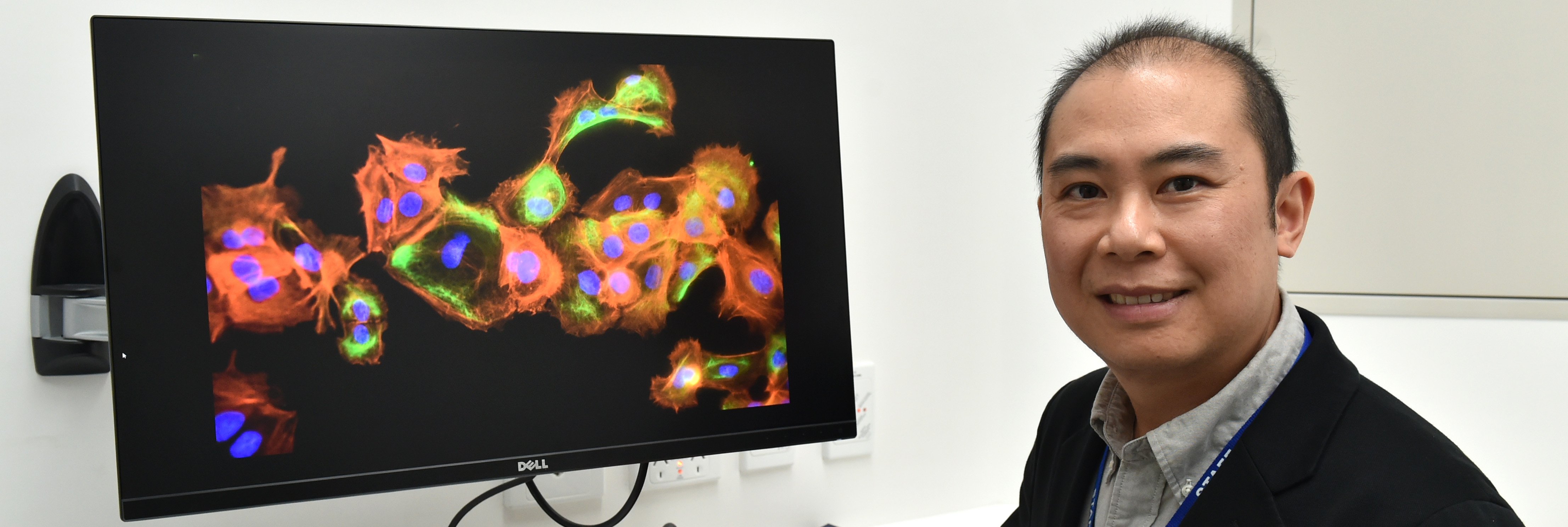
And the researchers say it will eventually be able to accurately detect cancers in other parts of the body as well.
Senior author and University of Otago oral sciences researcher Associate Prof Peter Mei said the new method used atomic force microscopy (AFM) with artificial intelligence (AI), to detect changes in cancer cells at a very small scale.
It was a substantial advancement in cancer diagnostics, he said.
"Combining the two technologies enabled us to detect nanoscale changes on the surface of cancer cells that may not be visible using traditional methods.
"This enhances the accuracy and reliability of cancer diagnosis, potentially enabling earlier detection, which is critical for improving patient treatment outcomes and advancing precision medicine."
Lead author and University of Otago oral diagnostic and surgical sciences researcher Dr Simon Guan said the new method could also be used to detect other cancers, such as breast cancer, leukaemia or lymphoma within the next decade.
"At the moment, our data can only be used for the oral cavity — for oral cancer.
"But we could use the AFM to do testing for other tissues, like maybe the breast, and standardise the data.
"If we can standardise everything, we can use it for other cancer types in other parts of the body."
Dr Guan hoped to see more widespread use of the new diagnostic method, which could become a key tool for doctors in the future.
"We would like to see efforts to make AFM technology more suitable for routine clinical testing.
"We hope it will lead to quicker, more accurate cancer diagnoses, for a variety of cancers, and better treatment options for patients."
He also hoped the information they had collected from their research so far, could be passed on to other researchers looking for cancer therapies.
"Our findings may pave the way for a new cancer therapy based on the nanophysical properties of cancer cells."
Assoc Prof Mei said inspiration for their research initially came from a World Cancer Research Fund report which showed about 390,000 new cases of mouth and oral cancer were diagnosed globally, resulting in more than 188,000 deaths in 2022.
He said the study, published in the ACS Nano international journal, highlighted the importance of innovation and collaboration across different fields, including dentistry, nanoscience, and AI.
"Bringing together expertise from various disciplines can lead to groundbreaking discoveries that can improve health outcomes for people worldwide."












